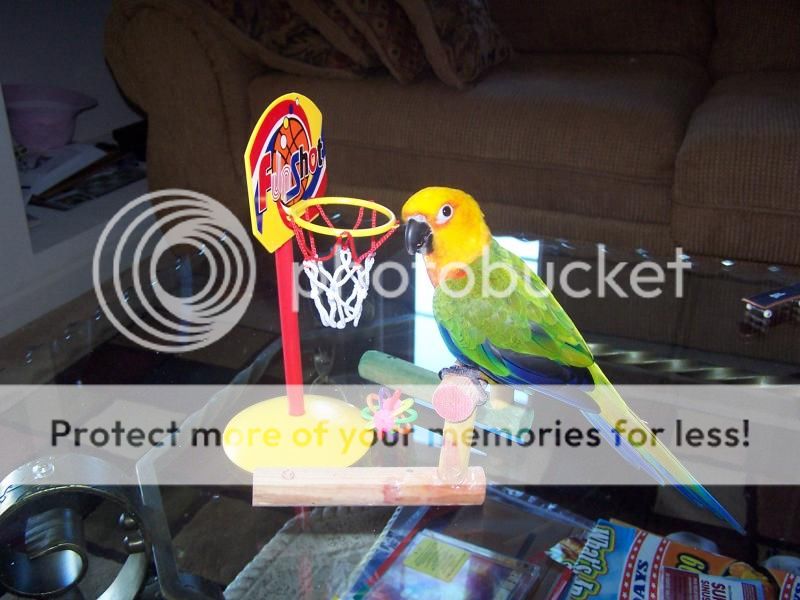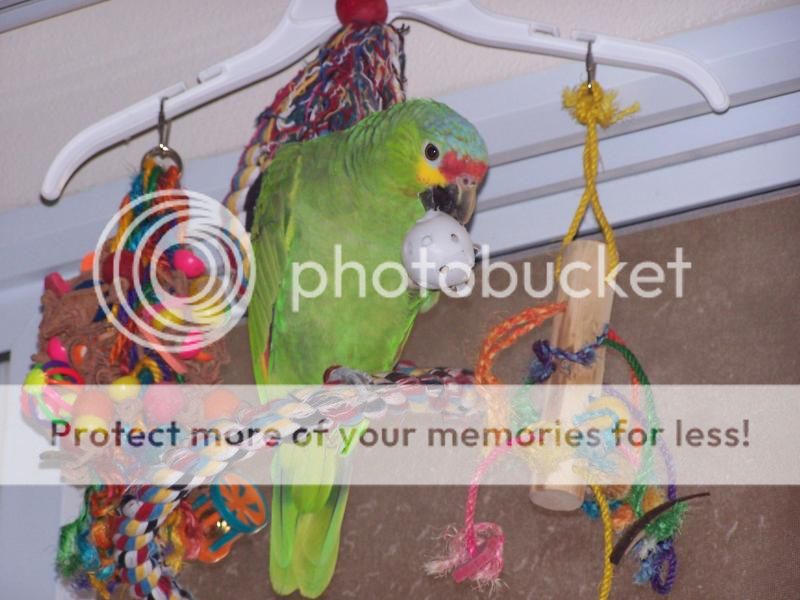Ginnybird
New member
I'm interested in how the training routine has fallen into place ( or been meticulously plotted and adhered to -- whichever) for different folks. Especially those who train multiple birds.
Our weekday routine starts as soon as I can get settled after work, to burn the first energy off. For a while we cycled through flight stuff first, then the Little Fun Tricks (wave, high-four, turn around, etc), then flight harness stuff... then one easy quick trick for positive wrap-up and done. Time for chop and some tunes.
Then she rejected most of the flight stuff, so I figured she was getting bored. I started changing up training and haven't yet settled back into something. I kept some old stuff and started handshake, fist bump and retrieve. I tried a "Spinny Ginny" where we build trust for her to hang on to a dried chipotle pepper that I spin around the perch, but the footing got awkward so I dropped that game.
Anyway, since I haven't settled back into a routine yet, I thought I'd ask to hear yours...
Our weekday routine starts as soon as I can get settled after work, to burn the first energy off. For a while we cycled through flight stuff first, then the Little Fun Tricks (wave, high-four, turn around, etc), then flight harness stuff... then one easy quick trick for positive wrap-up and done. Time for chop and some tunes.
Then she rejected most of the flight stuff, so I figured she was getting bored. I started changing up training and haven't yet settled back into something. I kept some old stuff and started handshake, fist bump and retrieve. I tried a "Spinny Ginny" where we build trust for her to hang on to a dried chipotle pepper that I spin around the perch, but the footing got awkward so I dropped that game.
Anyway, since I haven't settled back into a routine yet, I thought I'd ask to hear yours...






